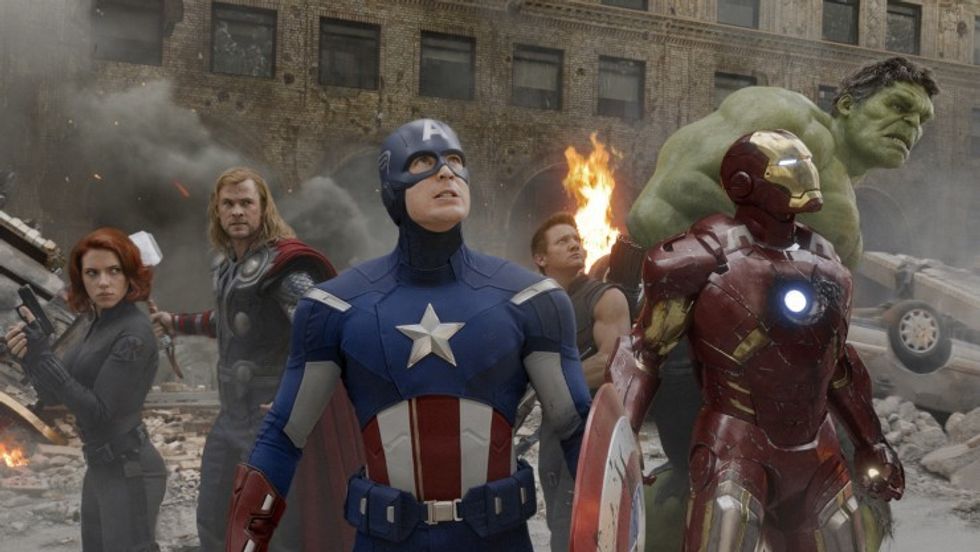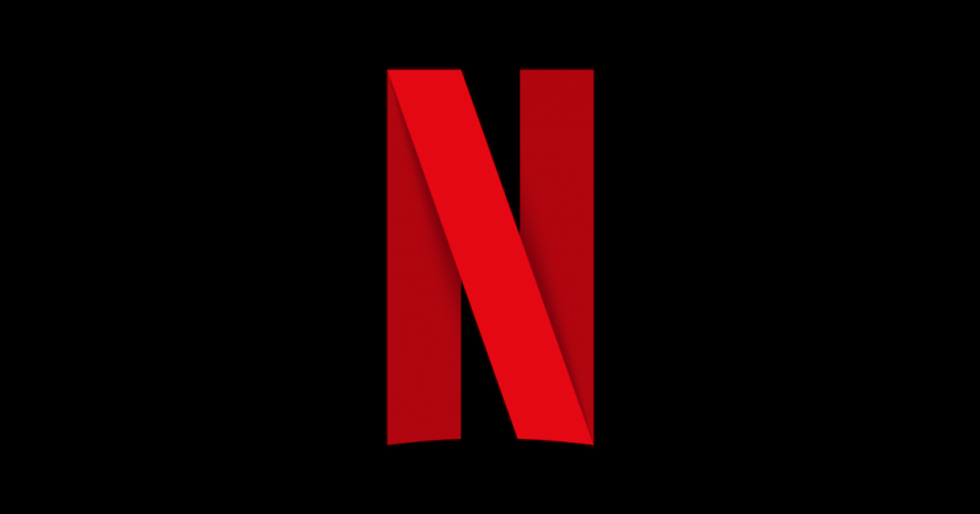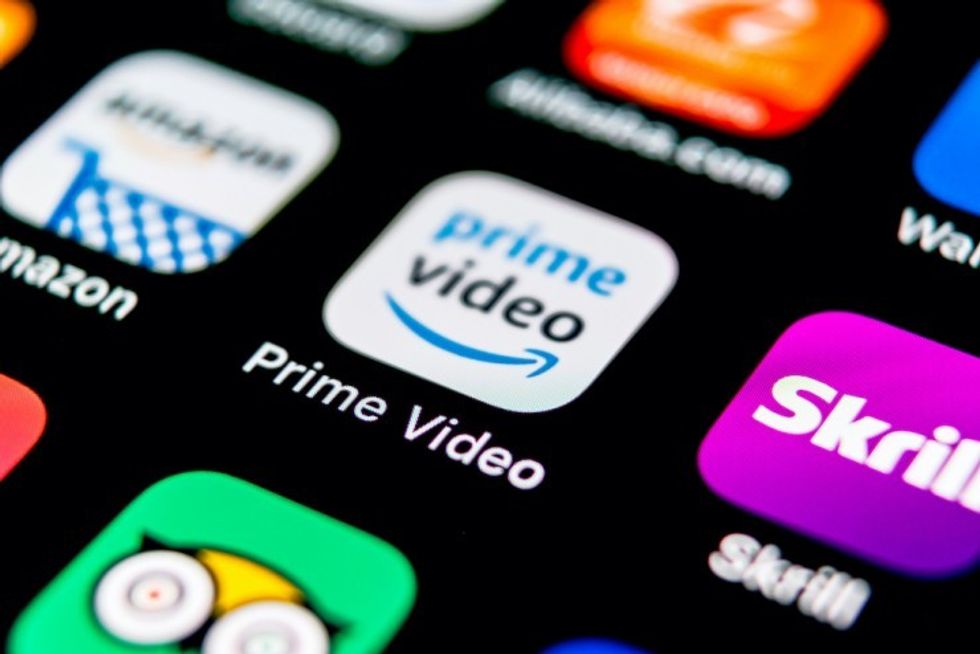How Has Big Media Changed Hollywood's Distribution Model?
The world is changing, and Hollywood is changing with it.

Even before the pandemic, the entertainment landscape was moving toward streaming services and on-demand content. Those trends are here to stay long after COVID-19 is gone. Let’s talk about what’s on the horizon.
Big Buys
First, some background: after the 2009 financial crisis, there was a lot of corporate consolidation. Some companies went bankrupt, while others were purchased. A few merged to increase market share.
The end result was fewer big media companies, but the ones that remained were larger than ever before. That era of consolidation has continued to this very day: Comcast owns NBCUniversal, Viacom owns Paramount, AT&T owns Warner Brothers, Disney owns Fox, and more. And these are just the “legacy” media companies.
Deep Pockets
The new kids on the block are cool, they’re smart, and they’re rich.
I’m talking about Netflix, Amazon, and Apple, the three biggest players to emerge from the tech industry’s shakeup of the traditional Hollywood business model. But how have they done it?
You and Yours
The biggest asset these tech titans bring to the table is your data. They ignored the previous Hollywood mindset of “four-quadrant theatrical blockbusters” and instead went about learning what you like to watch. This allows them to make very informed decisions about which shows/movies to greenlight, and it also allows them to market to their subscribers (AKA you) hyper-efficiently.
Show Me the Money
The studios know exactly how much money they can make from a wide-release, global box-office hit.
Spoiler: it’s a lot.
In fact, there’s no streamer-exclusive movie or show that can generate that much money—and the streamers know it. But the streamers also know that the goal isn’t a one-time home run, it’s to grab eyeballs and keep them glued to their respective services. A year’s subscription to Netflix costs upwards of $150. A movie ticket in Los Angeles costs somewhere around $15. Netflix would rather bank on its customers paying $150 a year for the next 50 years than try to continually sell its movies and shows, one by one.
In short, it’s easier and safer to make money from subscribers than it is to make money from people who may or may not buy your newest product each time you put it out.
Part of a Greater Whole
When movie studios were their own master, they had to make money with their yearly release schedule. They didn’t have a choice.
Now that they’ve become subsumed by giant media conglomerates, the equation has changed.
Movies no longer need to make money to be considered valuable assets.
As Christopher Nolan recently decried in a statement to the Hollywood Reporter, movies are now loss-leaders to get subscribers to sign up for a particular streaming service. Does Amazon make gobs of money from its Prime Video offerings? Maybe not, but if you sign up for Amazon Prime because you want to watch Marvelous Mrs. Maisel, then you’ve become a part of their ecosystem. Amazon can make money from you long-term, and they can do it in a variety of ways because they are so big.
The same thing goes for the rest of these gigantic companies. Apple wants you to buy Apple hardware, AT&T wants your internet/phone business, Disney wants your brand loyalty, and Netflix wants your leisure time. All of them want your money.
If You Can’t Beat ‘Em
Upon seeing the popularity and rapidly expanding subscriber bases of the preeminent streaming services, the media conglomerates that own Hollywood studios decided to jump on the bandwagon.
There’s Peacock, CBS All Access, Hulu, Crackle, Starz, Showtime, and so many more. The problem that these streamers are going to face is competition for eyeballs: they’re late to the party, so they have to do something to stand out.
After all, how many subscriptions does the average person really need? There are Netflix and Disney+ and Amazon Prime and HBO and maybe Hulu and—now we’re at the fifth or sixth streaming service? Who even has time to watch all this stuff?
Make Some Noise
So what happens now? When we add all this stuff up, I think we might be on the verge of a wonderful explosion of cinematic and narrative creativity.
First, in the streaming era, movies and shows no longer need to make money. It would be nice for their owners if they do, but it’s not a requirement. Just generating IP and eyeballs for their corporate holders is enough for now.
Second, there’s intense competition for viewers. If all the price points are roughly similar (let’s say between $10 and $15 per month), then the distinguishing factor must be the content, and the best content is the kind that brings in the most viewers.
Third, in a crowded market, people need a reason to try something new. If a new streaming service is the only place you can see the new Big Thing Everyone Is Talking About, then you better click that "subscribe" button or you’re going to miss out.
Once you get past the DCs and Marvels of the world, there’s going to be a huge demand for new, interesting, compelling content. Weird and wild? Maybe. Whatever gets people talking, looking for more, and most importantly, signed up for that monthly fee.

Stay Weird
If you’re working on something that nobody has ever tried before, don’t be discouraged. Don’t doubt yourself. It’s entirely possible that whatever you’re making is the exact type of thing that this new wave of streamer/studio executives is looking for. It only takes one breakout show to put a company on the map, and in the race for viewership numbers, they’re going to have to take some chances.
I’m excited to see what comes out of this new gold rush of creativity.
If you liked this article, check out Evan's website. We are also on Twitter, Instagram, and Facebook.
Still feeling nostalgic about 2020? Then check out the rest of our Year in Review 2020 coverage for more of our top picks, industry trends, and end-of-year takes.














